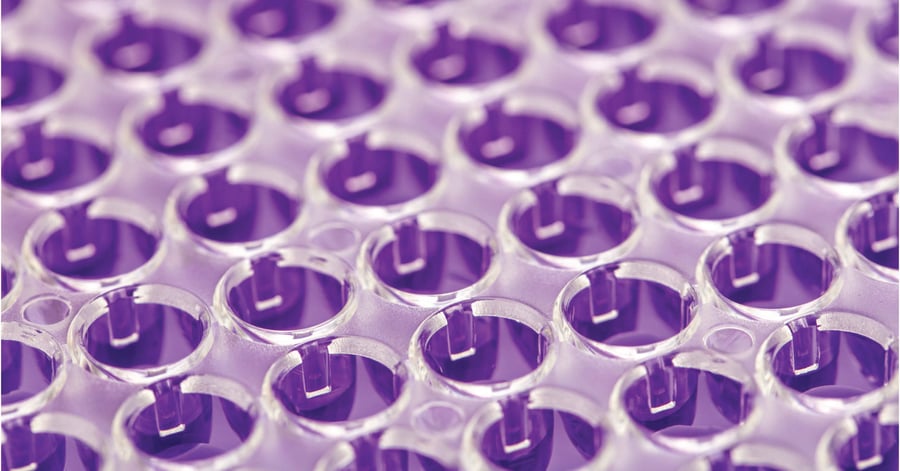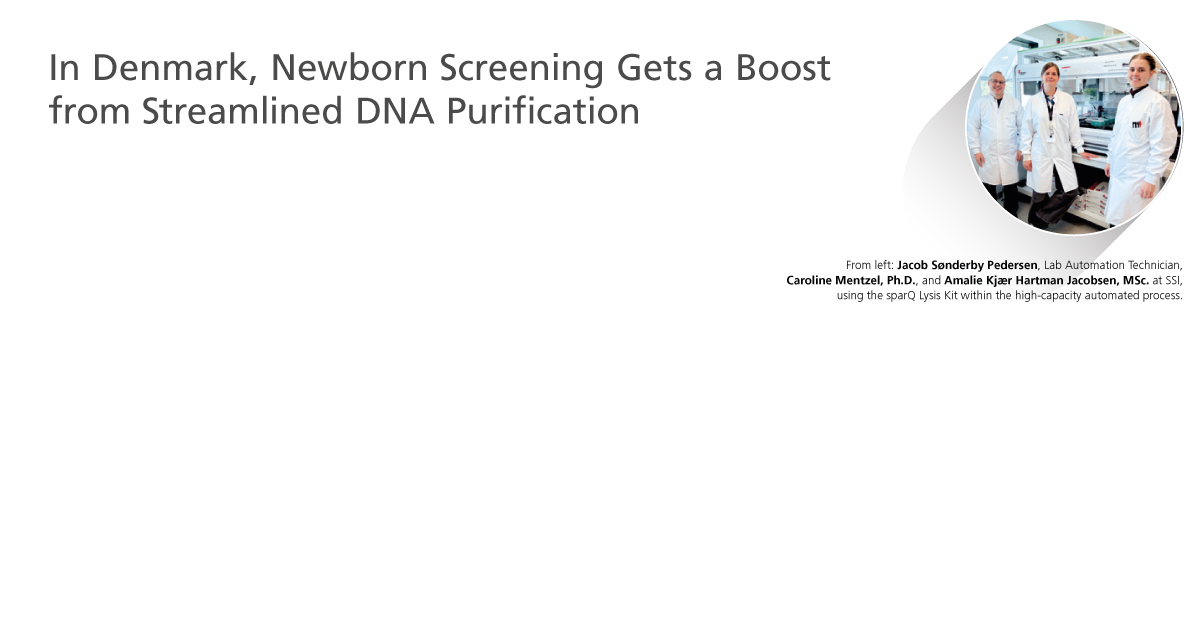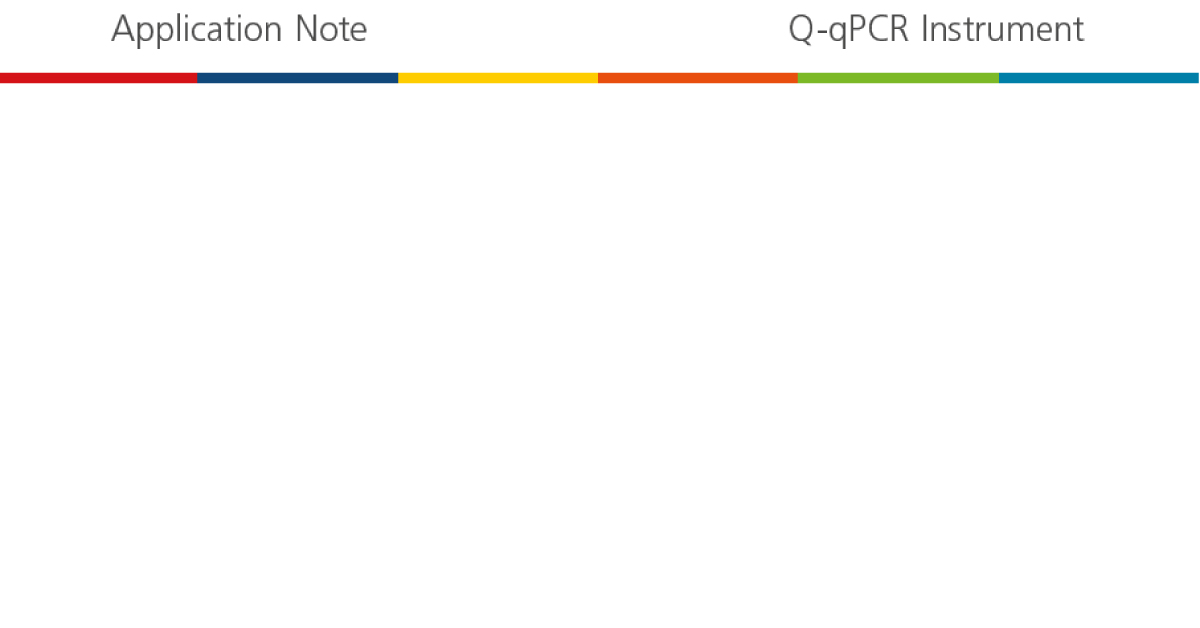Here at Quantabio, we know that loving the results of a PCR experiment doesn’t mean you also love the task of designing primers. But proper PCR primer design is essential for the success of any PCR experiment.
Here’s the good news: careful attention to detailed PCR assay primer design and PCR assay validation is usually rewarded by a significant reduction in time and effort troubleshooting PCR problems. (We’re pretty sure this falls into the “measure twice, cut once” way of thinking.)
To help streamline the design process, we put together a brief guide to highlight some of the most important considerations when designing and validating PCR assays. We’ve also summed up our top five recommendations here.
#1. Use primer design programs. Seriously. We cannot overstate the value of online or standalone software to identify problematic regions and offer alternatives when needed. If possible, stick with the program’s default settings for Mg and salt concentrations.
#2. Avoid trouble spots. You know the ones we mean: excessively high or low GC content, or regions of strong RNA secondary structure. Both can interfere with primer/probe hybridization and impede procession of the taq polymerase and reverse transcriptase. Ideally, try to ensure that GC content for primers and probes matches that of the overall template.
#3. Take extra care with qPCR. For best results, amplicon size should be between 70 bp and 150 bp, with probes of 20 bases to 30 bases and a melting temperature 6°C to 8°C higher than PCR primers. Optimal outcomes may require titrations of primers (between 300 and 900 nM) and probe concentrations.
#4. Validate twice. The efficacy and efficiency of any primer/probe set should be validated under both standard cycling and fast cycling protocols before use in qPCR studies. Prepare a standard curve by titrating the template to calculate PCR efficiency, and run a Primer Blast to avoid homologies to non-specific targets.
#5. Don’t amplify genomic DNA. Unless you want to, of course! But for quantification of mRNAs, primers should span intron-exon boundaries to avoid amplification of gDNA. Compare RNA templates with or without DNAse I to verify that the primer designs do not amplify gDNA.
Download the full PCR Primer Design Guide:
Need more technical help? Check out our resources page for technical notes, product manuals, FAQs, and more.
Recent posts
Subscribe to Our Blog
Related Blogs Post

Tech Support: 8 Tips to Improve Your RT-qPCR Workflow




